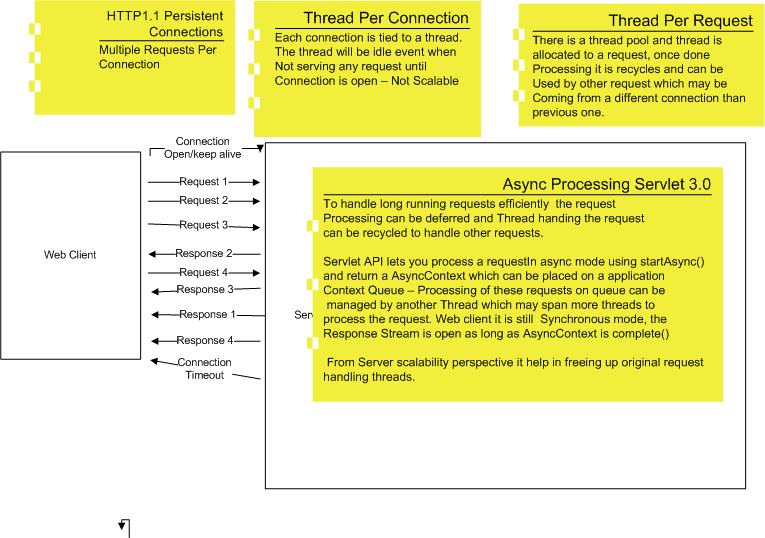Ref : http://stackoverflow.com/questions/201479/what-is-the-use-of-base-64-encoding
It's a textual encoding of binary data where the resultant text has nothing but letters, numbers and the symbols "+", "/" and "=". It's a convenient way to store/transmit binary data over media that is specifically used for textual data.
But why Base-64? The two alternatives for converting binary data into text that immediately spring to mind are:
- Decimal: store the decimal value of each byte as three numbers: 045 112 101 037 etc. where each byte is represented by 3 bytes. The data bloats three-fold.
- Hexadecimal: store the bytes as hex pairs: AC 47 0D 1A etc. where each byte is represented by 2 bytes. The data bloats two-fold.
